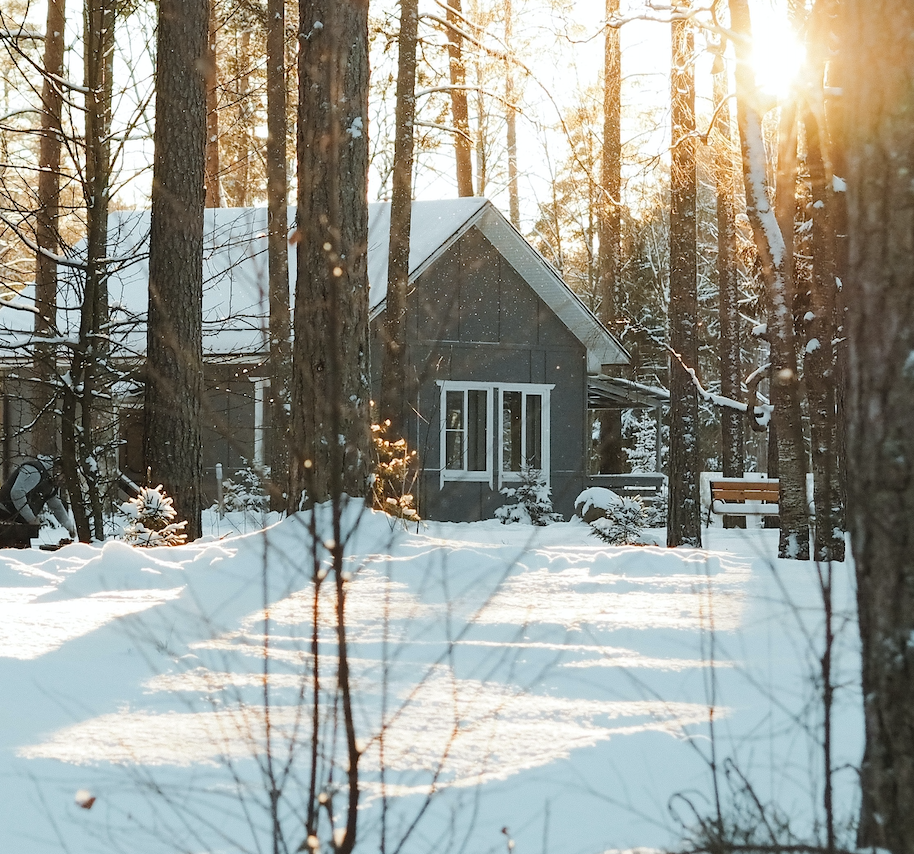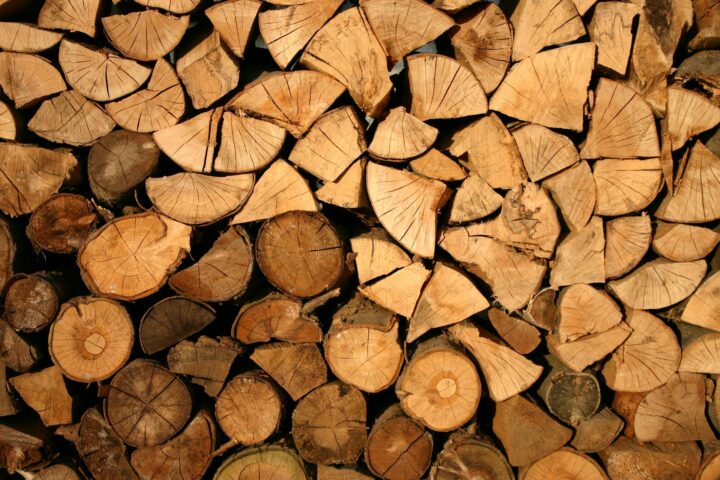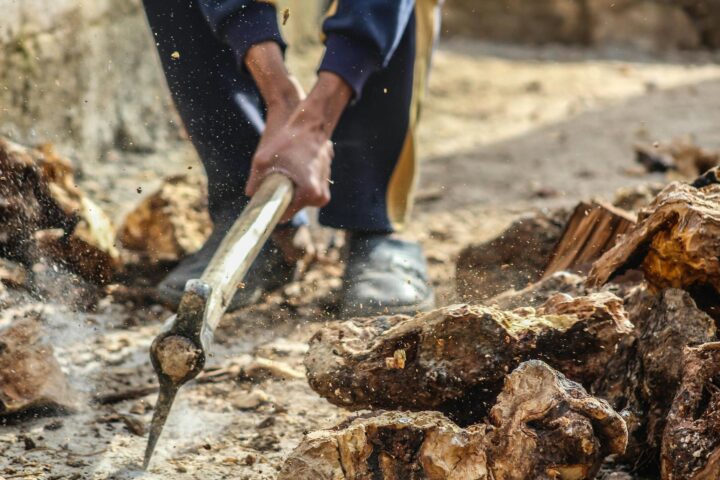-
Winter Timber Harvesting: Safety Tips
Winter is here with us, and while it’s a period of extreme cold, it’s also the best time to harvest timber. You might wonder why the cold season is the best for logging, and we've got you covered.
Winter timber harvesting
Some of the reasons you are better off harvesting timber during winter include:
- Improved visibility, as most of the trees’ leaves have shed, making it easier to see your surroundings.
- It’s easy to move the logs/timber.
- You don't have to deal with bugs.
- There is a reduced risk of damaging the surrounding trees by scratching the bark.
- Reduced chance of logs splitting, hence increasing the value of the lumber.
- The weather is cooler, making it easy to work for longer periods without exhaustion, compared to summer.
Now that you know the advantages of harvesting timber during winter, here are a few ways you can keep yourself and your employees safe during the cold season work schedule.
Safety tips for harvesting timber in winter
Like any other career, timber harvesting has safety precautions that everyone needs to adhere to, and considering the already extreme winter weather, it’s important that loggers take care of themselves.
1. Wear the appropriate clothing.
During the cold weather, it only makes sense that you dress differently. One way to do that is to layer your outfits, that way in case you need to shed a layer, you can do it comfortably. Ensure that you wear gloves with liners to give your hands an extra layer of warmth. Avoid jackets or hooded sweatshirts and go for a beanie or stocking cap instead.
Wear long johns or wool and remember to bring an extra set of clothes and socks. For footwear, go for pacs or rubber calls and don't forget to bring some rain gear in case it starts raining.
2. Sufficiently lubricate and maintain your equipment.
For your chain saw and guide bar to work efficiently they have to be well lubricated. While it takes a shorter time for the cutting equipment to lubricate during hotter days, it’s the opposite during winter. Give your cutting system enough time for lubrication at startup.
Cutting frozen wood will take a toll on your saw chain and can cause breakage. By properly maintaining the equipment you can drastically reduce the wear and increase the service life of the cutting system.
3. Take care while driving.
Driving during winter can be tricky and it’s important to be wary of the conditions. If it’s too harsh, just stay home. Some of the pointers to driving to the woods during winter include:
❖ Ensure the vehicle is in good condition, and is full of fuel before you leave.
❖ Accelerate and stop slower and always maintain more distance between you and the car in the front.
❖ Always keep some water, extra clothes, food, ice scraper, jumper cables, shovel and tow strap in the vehicle.
❖ Drive as per the conditions on the road and always keep your headlights on.
Conclusion
Winter timber harvesting has its advantages, but you also need to be careful when you head out into the woods. Your safety comes first, and while it’s important to earn a living, you need to take care of yourself. To learn more about harvesting timber in winter, don’t hesitate to give us a call.




